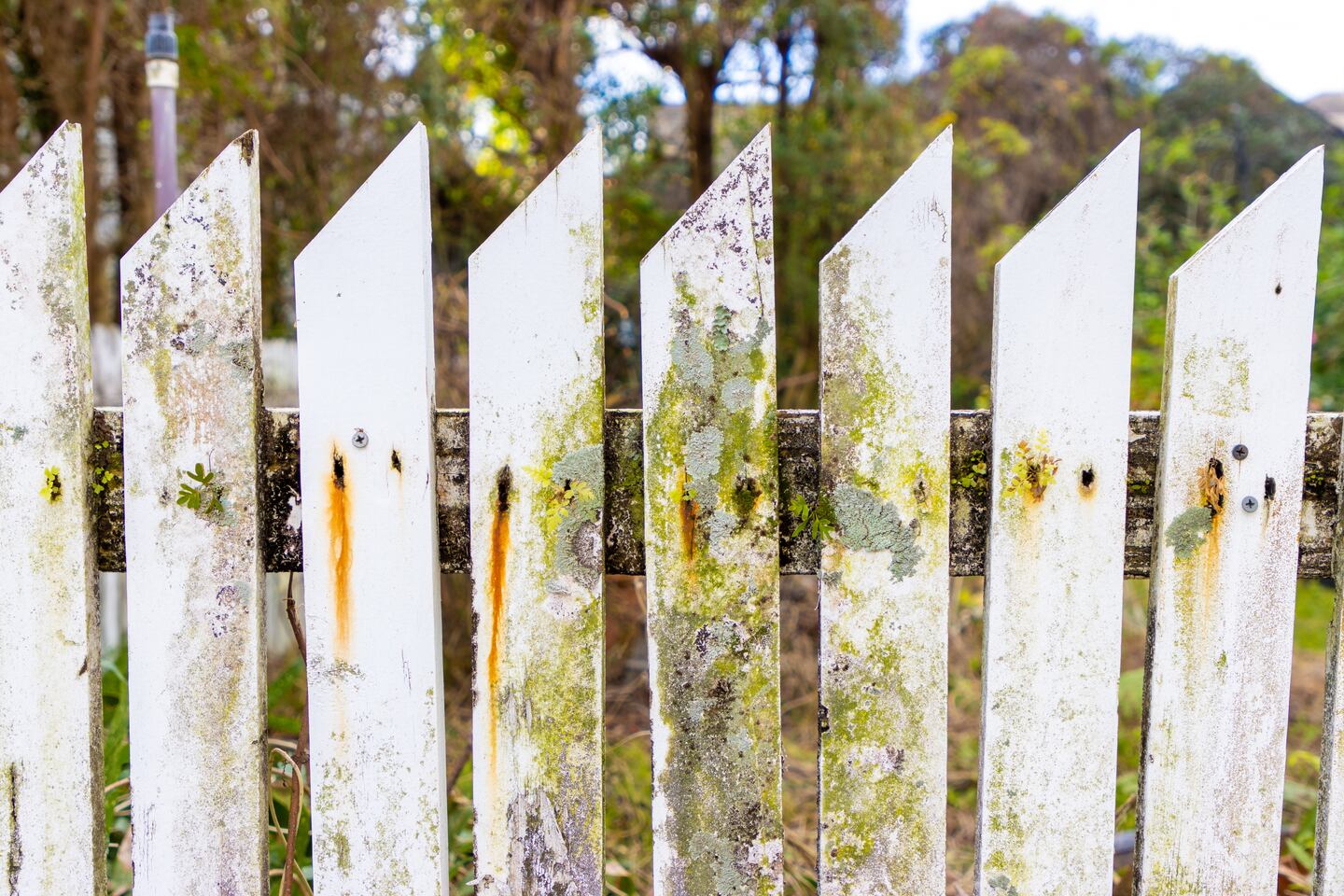
Wooden fences are a classic, charming feature in many yards — but over time, exposure to sun, rain, and humidity causes paint to peel and fade. If you’re thinking of using a pressure washer to clean up that fence, you might be asking:
Will pressure washing make the peeling worse, or can it actually help? 🤔
The truth is, pressure washing can be both your best friend and worst enemy when dealing with peeling paint on wood — it all depends on how you use it. This article breaks down what you need to know to get great results without damaging your fence. 🧽🪚
🎨 Why Paint Peels Off Wood in the First Place
Before you break out the pressure washer, it helps to understand why paint peels:
- Moisture intrusion: Wood absorbs water over time, especially if not sealed properly.
- Poor surface prep: If the wood wasn’t cleaned or primed before the last paint job, the paint won’t stick well.
- Sun damage: UV rays degrade both the paint and the wood fibers underneath.
- Aging and neglect: Even the best paint job has a lifespan. After several years, cracking and flaking are normal.
Once paint starts to peel, it exposes raw wood to the elements — leading to faster deterioration. That’s where pressure washing comes in. 💧🪵
✅ Can Pressure Washing Help?
Yes — if your goal is to remove old, loose paint in preparation for repainting or staining, pressure washing can be extremely effective. It can strip away:
- Flaking or bubbling paint
- Dirt and mildew buildup
- Gray, weathered wood fibers
Done right, this makes your wood fence a clean, solid surface ready for refinishing. 🧼🎯
⚠️ But Be Careful…
Too much pressure or poor technique can:
❌ Gouge or splinter the wood
❌ Force water deep into the boards, causing swelling and rot
❌ Remove sound paint that you wanted to keep
❌ Create uneven paint removal, leading to patchy results
💦 Best Pressure Washer Settings for Peeling Paint on Wood Fences
Here’s what professionals recommend:
- PSI: Stick to 1200–2000 PSI for wood. Higher pressure can damage the surface.
- Nozzle: Use a 15° or 25° nozzle for a balance of power and control.
- Distance: Keep the wand 10–12 inches from the fence. Closer can damage wood, further may not be effective.
- Spray angle: Spray with the grain of the wood, and keep the wand moving to avoid etching.
🛠️ Pro Tip: Test in an inconspicuous area before doing the whole fence.
Browse Amazon Here For Top Rated Power Washers And Accessories
🪵 How to Pressure Wash a Wood Fence with Peeling Paint
- Prep the area
Remove furniture, cover nearby plants 🌿, and put on safety goggles. - Inspect the fence
Check for damaged or rotted boards. Pressure washing will only make them worse — replace them first if needed. - Soak the wood
Give the fence a gentle rinse to open up the wood fibers and loosen dirt. - Apply detergent (optional)
Use a wood-safe cleaner if there’s mold, algae, or mildew. Let it sit for 5–10 minutes. - Pressure wash
Start at one end and move steadily. Don’t stop in one spot for too long. - Let the fence dry
Allow at least 24–48 hours of dry time before sanding or painting.
🧽 Should You Sand After Pressure Washing?
Absolutely — pressure washing can raise the grain or leave behind uneven patches. Once dry:
- Lightly sand the entire surface with 80–120 grit sandpaper
- Focus on any areas where paint didn’t come off evenly
- This step ensures a smoother finish when you repaint 🎨
🔄 Repainting After Pressure Washing
Once the fence is clean and sanded:
✅ Apply a wood primer
✅ Use high-quality exterior paint or stain
✅ Apply 2 coats for best results
✅ Seal with a UV-protective topcoat if desired
Your newly refinished fence will look brand new — and it’ll last years longer! 🪵✨
✅ Final Thoughts
Pressure washing can be a great way to remove peeling paint from wood fences, but only if it’s done carefully. Use moderate pressure, the right nozzle, and always prep your surface for painting after.
Instead of scraping endlessly by hand, you can save hours and create a smoother finish — as long as you treat your wood with care. 🎯💧🧽
Browse Amazon Here For Top Rated Power Washers And Accessories






